Black Paint Team
Nancy Lesko
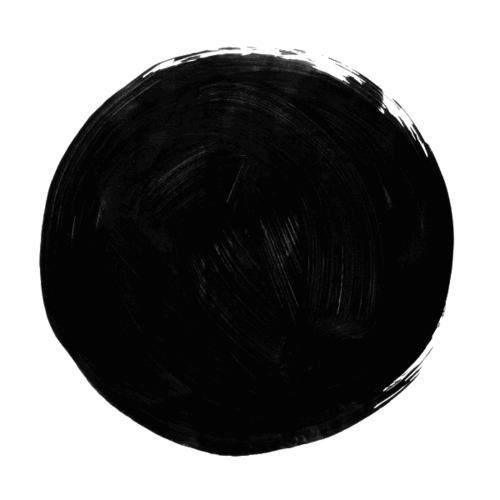
Jackie Simmons

Jacqueline Simmons, Ed.D. is Senior Lecturer, Director of the Master of Education Program, and Vice Chair of the Curriculum & Teaching Department at Teachers College, Columbia University. Her teaching and research examine the design, theory, and critical analysis of curricula with particular attention to youth, media, sense-making, and conceptions of innovation. She co-created the Black Paint Curriculum Lab as a collaborative space for faculty, students, and alumni to reimagine possibilities for curriculum making as a public endeavor.
“The potential for teaching and learning sits in all sorts of spaces. In schools, but also in public spaces like parks and on streets, in art museums and at cultural events, at home, and in virtual spaces where social media and popular culture compel our attention. All these rich spaces provide knowledge through affective engagement with materials and spaces. In other words, we come to understand the world through attention to our bodies, emotions, and memories, through our relations with others and with objects and places – as much as from any content that is taught in a formal curriculum or listed on a pre-determined syllabus. In my work, I seek to inspire students and teachers to consider these often-ignored ways of knowing by designing and using creative pedagogies that make space for broader understandings of knowledge; in the hopes that new ways of thinking, creating and being may emerge.”
Sarah Gerth van den Berg

Sarah Gerth v.d. Berg is a curriculum designer and researcher interested in the role of senses, affects, and materiality in ways of knowing. The experimental practices and arts-based explorations of Black Paint have been the site of her dissertation study on sense-able curriculum. She is also a Dean of Curriculum and Pedagogy at City Seminary of New York and on the curatorial team of CSNY’s Walls-Ortiz Gallery, where she designs curriculum at the intersection of creative practice, place, and theology.
For Sarah, place is a specific sensorium that gathers histories, presents, futures. She’s interested in how curriculum engages (and co-creates) spaces and selves in-the-making. She sometimes gets tied up in knots over where and when and what curriculum is, while keeping in mind that knots are important sites of knowledge too. She can also be found making and unmaking actual knots.
Black Paint Fellows
Nir Aish

Hello! I am a former educator and current Ph.D. student in the Anthropology and Education program at Teachers College. My research is focused on the relations between migrant live-in care workers and elders. One aspect I am particularly interested in exploring is how borders that are socially constructed manifest in physical space and in embodied practices. In addition, I am interested in a curriculum that encompasses anthropology’s epistemology and methodology.
Here are some questions that I am exploring in different classes, when working on my research, and while chatting with friends: How can we become “foreign” to a familiar place and see it through a new lens? How can we learn about the different ideologies operating in a space according to its design? How can we challenge them? Can we explore power dynamics by looking at how people navigate different spaces?
Peter Branscombe
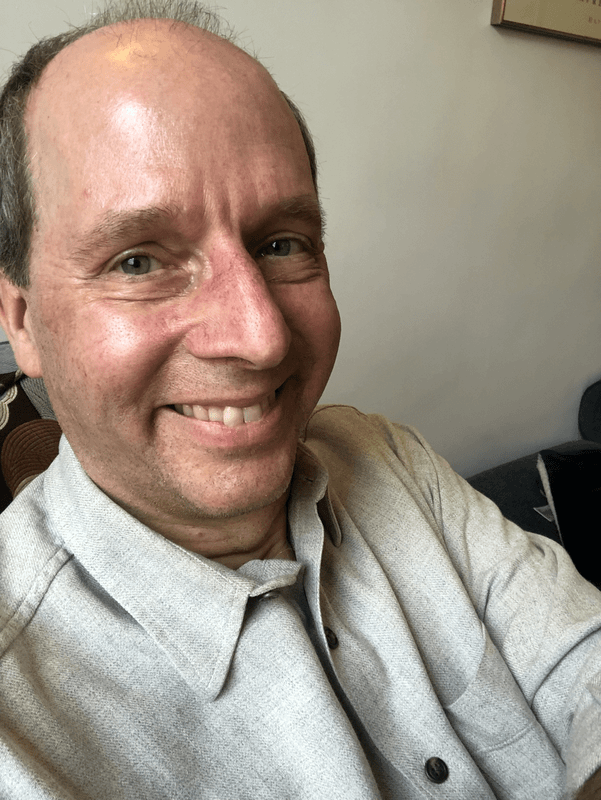
Hello, my name is Peter Branscombe and I’m working on my Masters in the Curriculum and Teaching program. Before doing this program, I was a fourth grade teacher and before I started teaching, I was a graphic designer. So art, creativity, and creative expression have always been important to me as I think about the multitude of ways that students take in the world around them, learn new things, and express themselves and their understandings. In the last few years, I have been paying extra attention to the idea of spaces and their connections to teaching and learning. Initially, I was interested in the actual physical space of a classroom and now I'm drawn to more expansive thinking about spaces that we move through inside and outside. I been wondering about the ways that different spaces impact us and the ways that we impact them.
Jenny Flaumenhaft

Jenny Flaumenhaft graduated from Colby College and moved to Thailand where she taught +500 middle and high school students ESL during her Fulbright Scholarship. After being evacuated due to COVID, Jenny continued to work with Friends of Thai Daughters, a non-profit working to eradicate sex trafficking in Thailand. She also began work as a kindergarten teacher at a local public school in Boston. The basis of Jenny’s research has been to explore how curriculum can be reframed to center the needs, desires, and interests of students. Jenny is interested in exploring space as means for prioritizing personhood in curriculum, bridging home community and school, and supporting individual autonomy and democratic thinking. Jenny looks forward to exploring space as a means of connection to self, identity, and community.
Chinyere Harris

Whereas the Coronavirus pandemic required us to avoid densely populated spaces and we were encouraged to find time to be outside away from other people, it was during this time that my daily walking practice became a focus of my work on place. I walked throughout my community documenting the design and changes in the spaces that my community members and I shared. I collected images, sounds, and my own personal writings.
As we [hopefully] approach a Post-COVID world, it has occurred to me that the design of space and our use of place and space are not exactly the same. We are consuming and designing space and place in (re)vised and (re)creative ways. Seemingly, we do not commune and become entangled in the same ways. My work explores the continued becomings in the design of place and space and how they are now differently used.
Emilie Johnson

My passion in education (and life) is Ecojustice curricula. The intersectionality of it helps to showcase how problems that arise in our world do not exist in a vacuum. With an emphasis on social action, I study ways in which young learners can work to dismantle systems of oppression that have led us to the climate crisis we currently face. Humans and Earth have an undeniable interconnectedness. To live, we take energy and resources from our natural surroundings. Accepting that all aspects of human life bring us into relationship with Earth, we must recognize, honor and nourish our relationship with our own place in the world. Therefore, place and space play a big role in my own work developing ecojustice curricula, as I work to help folx recognize the places and spaces they move through.
Tay Leppik

Hello! I'm Tay, and I'm very grateful to be a Black Paint Curriculum Lab Fellow this year. As an Education Policy (MA) student at Teachers College, I have a strong interest in educational equity and how each person’s lived experience contributes to their learning journey. Prior to matriculating at TC, I worked as the Growth & Partnerships Manager at Teach For Canada, as well as a tutor-mentor for a group of incredible students for several years.
I believe that place and space are essential considerations in both teaching practice and curriculum building. My work has developed strategies that utilize the conceptualization of place and space to engage and support students and teachers, as well as considered how these strategies relate to public policy. I am excited to be part of a cohort that contemplates similar considerations so deeply, and look forward to learning about how their experiences have shaped their thinking.
Andrea Lira

I reflect on teacher education and the intersections of policy, colonialism, race, and gender in the processes of knowledge construction. I am still figuring out ways to think about/through/in place in my work. At the moment I am thinking through ways of using art, tracings, photographs and images as part of my research analysis and as a curriculum for teachers.
Seth McCall

Rachel Mewes

Rachel Mewes is a curriculum developer and designer, whose areas of interest lie in sexuality and social justice-oriented education. They currently develop lessons on Social Emotional Learning and mental health for the publishing company, Rethink Ed. Other projects that they have recently contributed to include a curriculum of wandering with the Curriculum Lab and a spiral curriculum on organic food with the Edible Schoolyard.
Rachel is interested in how we can challenge traditional conceptions of knowledge transmission by exploring how place and space can facilitate learning. Rachel believes that who we are and how we learn are impacted by where we come from, where we are, and our present environment. They are curious about how the body experiences and holds place and seeks to find openings in their lesson plans where place can be felt and analyzed.
Jonggeun Park

I am a doctoral student in Curriculum and Teaching at Teachers College, Columbia University. My research interests include critical epistemology, teachers’ identity, the relation between epistemologies behind the testing method and its impacts on teachers’ and students’ political attitudes, alternative epistemologies, and the Asian way of thinking. Before coming to the United States, I was an elementary school teacher for ten years and was involved in diverse teachers’ associations and Korean academic society.
Currently, the campus of Teachers College and Columbia University is the most interesting space for me. My questions about the campus are: Why the business school is located in the center of the campus? Why the art school is placed in remote areas? How the composition of each academic department's buildings on campus have been built? Why some offices are located on the ground while some other offices are located in relatively privileged locations?
Benjamin Avichai Katz Sinvany
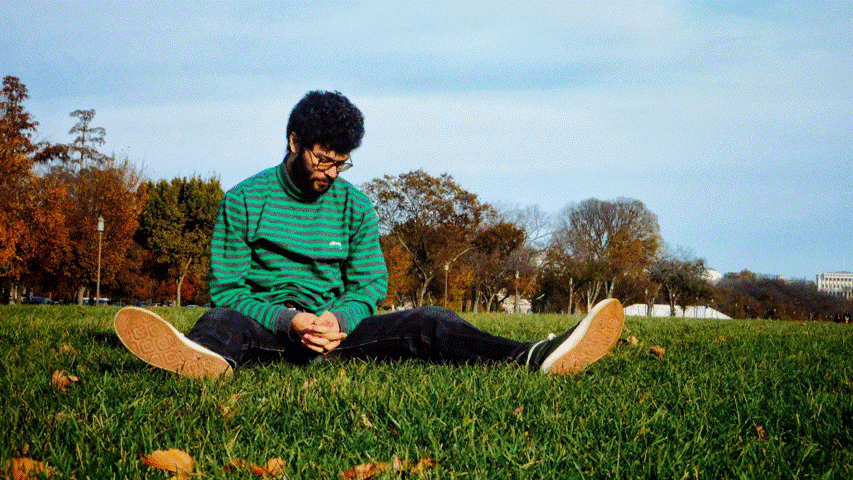
My name is Benjamin Avichai Katz Sinvany. I am a second year PhD student in Columbia University’s East Asian Languages and Cultures Department and History Department.
Whether in my research of science in the tenth through fourteenth centuries or in my teaching of general History, I am eager to unpack and test out new methods in teaching and learning that engage with discrete locations and defined places as sites of knowledge production. By understanding place as an entanglement of different histories, interests, and identities, knowledge, and its production, can be queried and made more accessible to students and teachers alike. Through introducing somatic methods and simple restructurings of a traditional classroom, my hope is that the classroom can become a more powerful site to engage students from all ages and backgrounds to produce new knowledges that will be useful in their lives and in the lives of their communities.
Lisa Stubenrauch

Lisa Stubenrauch is an International Baccalaureate and US History teacher at Inderkum High School in Sacramento California. She holds an Ed.M. in Curriculum and Teaching from Teachers College, Columbia University, is an NEH Civil Rights summer institute scholar, and Facing History and Ourselves grant recipient. She served as Social Science department chair for two years and is currently co-chair of Ethnic Studies Course development for Natomas Unified School District.
Space and place inform Lisa’s work as it influences knowledge production and can inform a stronger connection to one's community, and the everyday, experienced real world. Her work focuses on curriculum development and course design that uses inquiry-based methods and project-based learning. By incorporating social, cultural, and community capital in curriculum, Lisa hopes to guide students in better exercising their agency, becoming stronger self-advocates, as well as allies and advocates for the rights and welfare of others.
Raquel Vigil
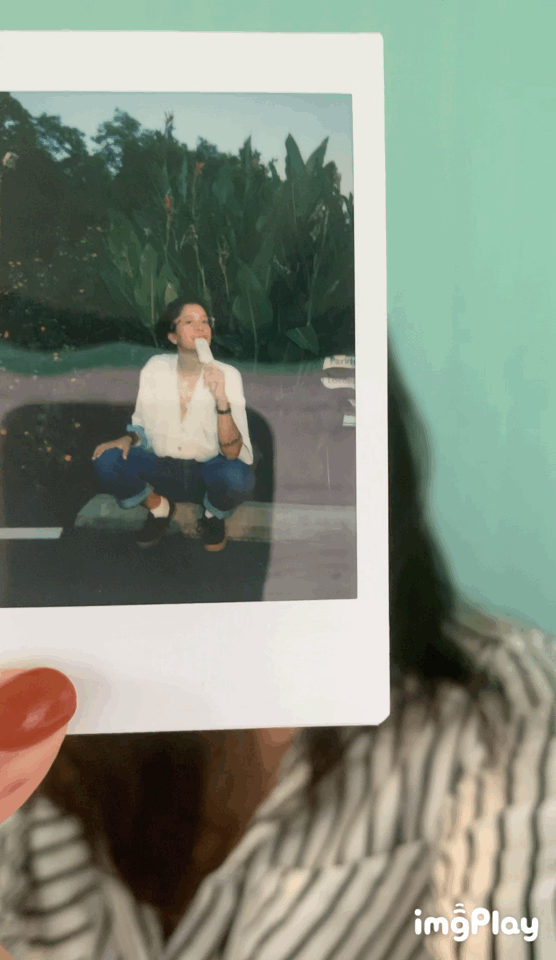
Raquel Vigil (M.A. 2019) is a curriculum designer based in San Francisco. She is currently the Curriculum Manager at the Edible Schoolyard Project, where she designs curriculum for kitchen and garden educators. She also recently founded a learning studio called Neon Study, focused on working at the intersection of creative industry and education. Clients include Mother Creative Agency and Adidas Sound lab Studios. She loves sitting on benches on cold sunny days and reading texts she can’t completely understand, but that draws her mind into expansive places.
“From observing constructed sites as locations for inquiry to deep mapping as a curricular practice of storytelling, focusing on place helps me to design in creative ways, exploring learning and the spaces we inhabit differently. In so many ways, I am constantly called to space and place. They are is always anomalous, beautiful, and full of the knowledge”.
Cindy Zhang
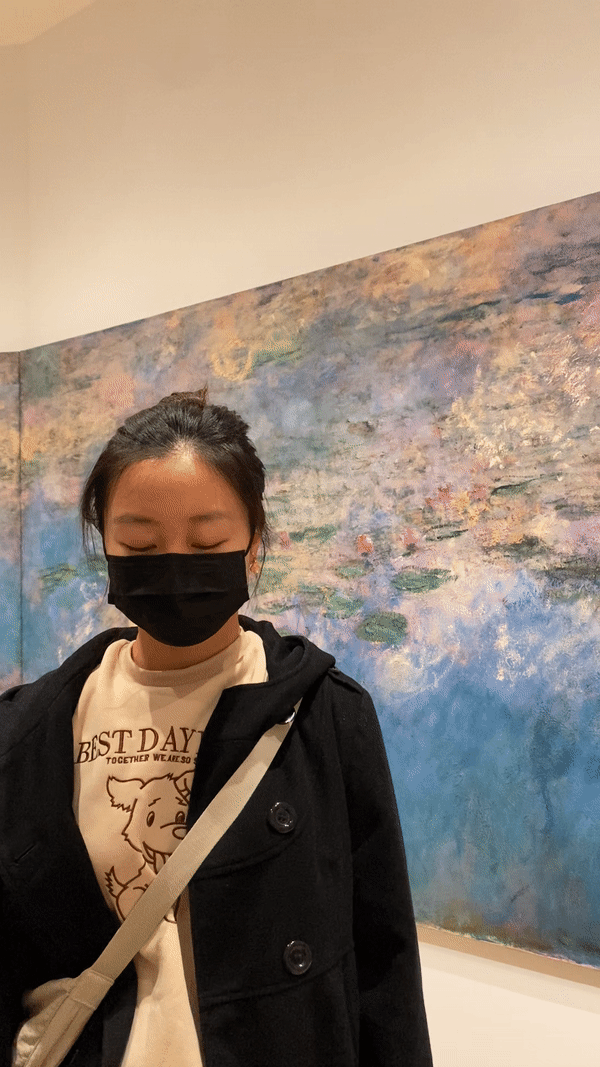
My name is Cindy Zhang. My field of interest is mathematics education, in particular, online curriculum development in mathematics education. In general, I see space as an essential concept in education. Not just for us to reflect and grow but also to give people some time to slow down and take a deep breath before their next step, which might help learners find their way eventually. The place that became increasingly important for me and will become more important for me is the virtual education space. Since the global pandemic, more and more people have started to engage in online learning. However,
it was difficult for novice educators to build such space with emotional attachment for students at first because education relies on in-person interaction a lot. I am excited to collaborate with my colleagues to explore more possibilities in this area.